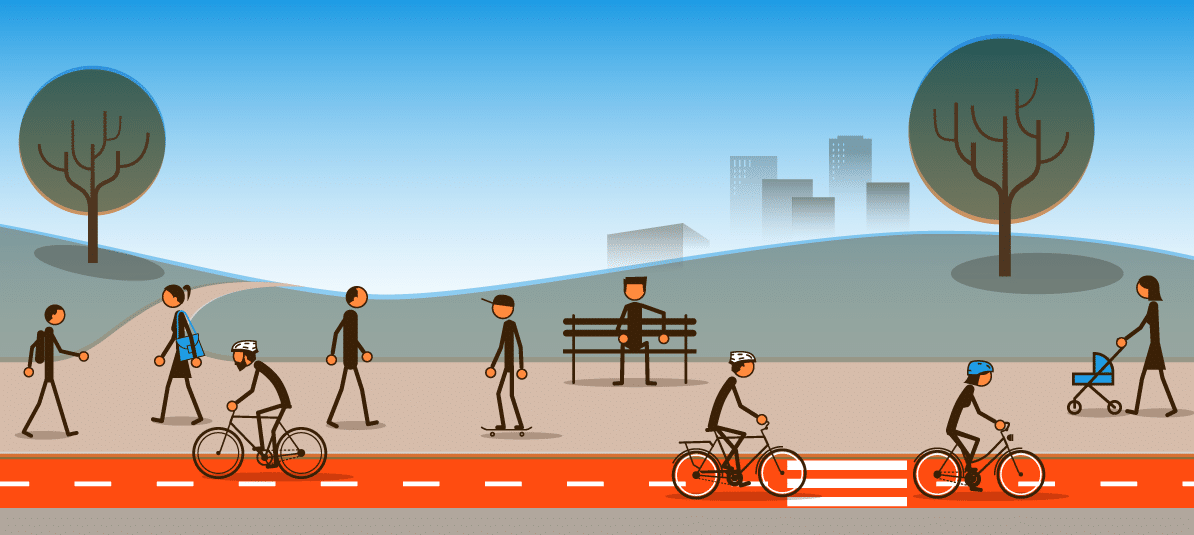These “near-zero cities” are those that have managed to bring their road accident rates – that is, the drivers, pedestrians and cyclists who are victims of traffic accidents – very close to zero. The top position in this ranking is occupied by Stockholm, with a mortality rate of less than 0.7 per 100,000 inhabitants. How have they done it?
The secret to a low accident rate
Pedestrian zones, bike lanes, maximum speed limit of 30 kilometers per hour in cities, sustainable urban mobility plans, a lot of road safety education for young and old alike, and investment in research to identify areas for improvement and work on them, are the main pillars that explain the success of the Swedish capital. As you can see, factors such as income, the motorization rate or population density do not have a decisive influence on whether one city is safer than another.
Traffic calming
What does have an influence is that in the cities that are getting close to this target the traffic is much calmer due to new forms of mobility. We’re not only referring to bicycles or electric scooters, but to shared mobility systems based on digital apps and the collaborative economy that seek not only to increase speed in urban travel but also to offer users new ways of saving and to decongest the streets.
Evolving insurance
This new way of understanding urban travel has meant that the insurance industry has had to evolve to offer protection formulas both for the companies that own these new vehicles and for their users. In addition to the traditional third-party insurance, which the law requires for motorcycles and cars, vehicles such as bicycles and scooters must also have liability insurance to cover possible damages.
Shared transportation
The new urban mobility has also led to the appearance of carsharing and motosharing; in other words, sharing cars and motorcycles. The companies that offer this transport option have a specific fleet of vehicles distributed at different points in the big cities. Users can hire them for a journey using a smartphone app. Once the trip is over, they park the car or motorcycle so it can be used by another driver. These shared transport models have promoted the appearance of hourly insurance or special policies for all these fleets.
In recent years, some Spanish towns have approached Stockholm’s figures, including the Madrid municipality of Móstoles and the cities of Oviedo, Elche and Pontevedra. The key to success is based on achieving safe coexistence between pedestrians and other means of transport in which we are all protected.









